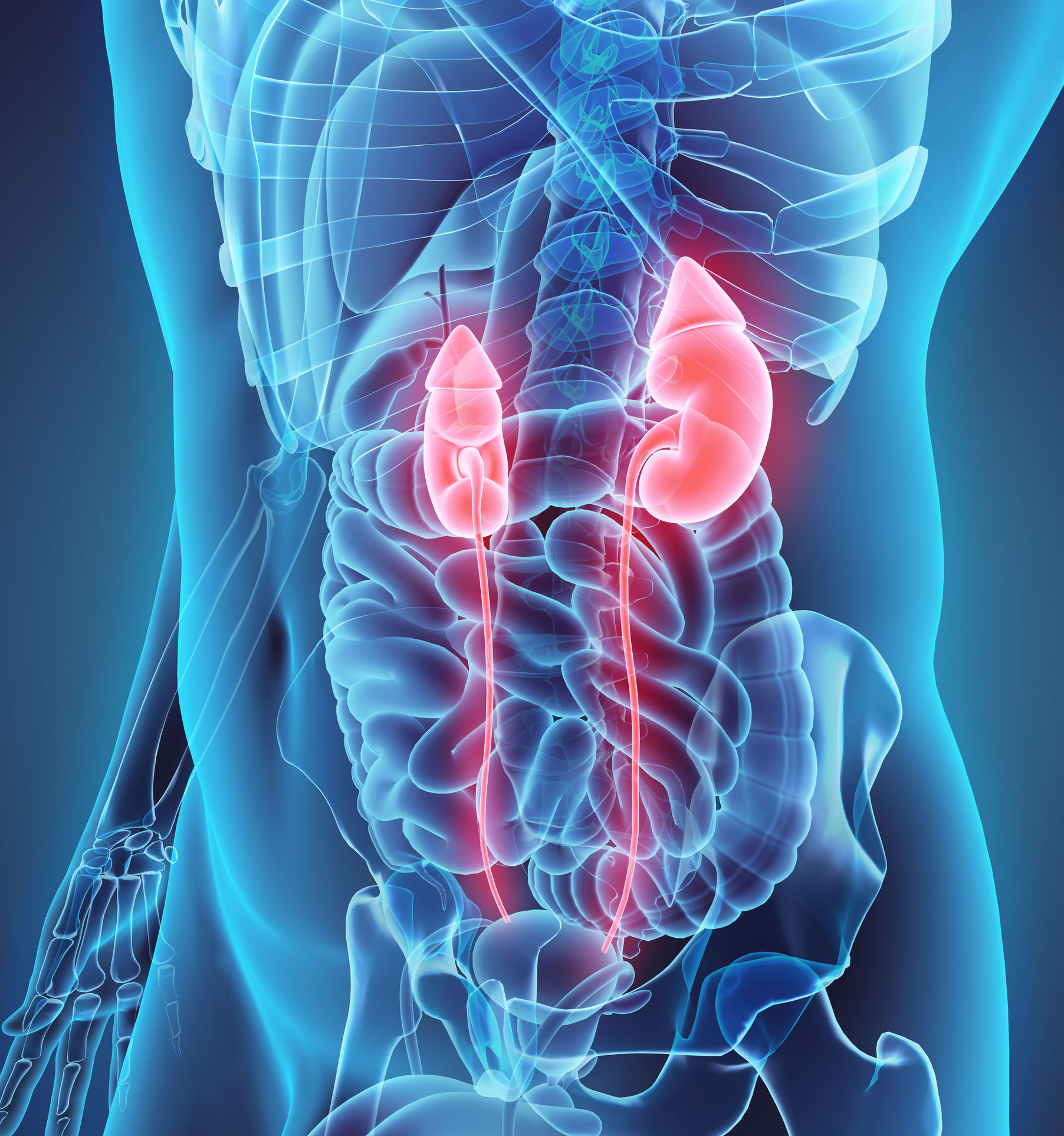Identification of new medicines for kidney disease remains an ongoing challenge in drug development. This challenge includes establishing new biochemical measurements (biomarkers) which can sensitively and accurately reflect the status of renal health and any associated changes in renal function. Sponsors are exploring many options to improve the application of biomarkers in preclinical use in order to better inform early phase safety studies and downstream clinical trials.
Katherine Landschulz, PhD, associate director of the translational biomarker solutions laboratory, and veterinarian pathologist Laura Boone, DVM, PhD, recently shared their experiences working on renal disease studies at Covance. They discussed their insights on how biomarkers are being used in preclinical studies to predict safety and advance translational medicine in drug development.
The value of early markers
By the time renal disease is detected in a patient through tests for albuminuria or serum creatinine, a patient usually has substantial and likely irreversible, kidney injury and impaired kidney function. Rather than quantifying changes in the kidney’s filtration capacity, certain biomarkers can detect early stage injury in the kidney.
“We want biomarkers that will enable earlier detection, before irreversible injury and loss of kidney function, so we can measure new medicines’ effect on progression,” said Boone. “That means we need increased sensitivity for early detection to see if any change in particular biomarkers reflects the general magnitude of the injury.”
“Kidney failure is really a process,” explained Landschulz. “If we have markers that can tell us where the injury is within the functional unit of the kidney, the nephron, that will give our sponsors a better picture on how their new medicines are working.
Evaluating urinary protein biomarkers
Glomeruli and tubules – critical segments within the nephron – are key areas that represent sites of toxicity in more than 90% of drugs1, stressing the need to understand if and when the damage is localized to these areas.
If a model tests positive for albumin in their urine, glomerular injury should be considered, but tubular injury cannot be completely ruled out. The novel biomarkers beta 2-microglobulin and Cystatin C have been approved for characterization of kidney injury in preclinical studies, but don’t differentiate between glomerular and proximal tubule injuries.
That’s where the urinary biomarker kidney injury molecule (KIM-1) provides value by pinpointing the damage to the proximal tubule. KIM-1 is also expressed in human kidney proximal tubules and, therefore, a good example of a translational biomarker.
Related: Charting a Regulatory Course for Diabetic Kidney Disease Treatment
Translational opportunities
“The beauty of some of these biomarkers is that they have the potential to be translational,” said Landschulz. “There have been many large-scale efforts around biomarkers in preclinical models to see which, if any, are directly related to kidney injury of the nephron and if these markers predict kidney injury in a similar fashion in animals as they do in humans.” Moreover, biomarkers with an origin in safety prediction are now being used to assess efficacy of new medicine intervention.
No single model can replicate all aspects of human kidney disease.2Diabetic kidney disease is of particular interest, due to its recognition as a major healthcare issue. Covance has supported many preclinical studies across a variety of species to determine the applicability of the results in humans.
最近的一项研究观察肾脏疾病生物标志物in a mouse model to better understand a rare disease in humans that causes rapidly progressing kidney failure. The sponsor wanted to understand which biomarkers could be used and how they could help measure successful intervention in a specific rare disease form of kidney failure.
The team was also thinking about the applicability of the research to the much larger, diabetes-related chronic kidney disease population.
“Biomarkers that were initially vetted in the safety world,” explained Boone, “can now help explore new questions about a treatment’s efficacy.”
Related: The Current Status of Clinical Biomarkers for Diabetic Kidney Disease Progression
Looking ahead
The drive to advance renal biomarkers sustains hopes of developing more personalized medicine and better evaluating the stages of kidney disease progression.
“We can view the application of these biomarkers as a tiered approach,” said Landschulz. “First, a screening panel determines if there is an injury. A chemistry panel would then identify the specific type of kidney injury and a diagnostic could localize where the injury takes place.”
Boone and Landschulz recognized that a biomarker panel would be an ideal translational medicine application, but many challenges remain.
“If we put these biomarkers together, we need to know if can they work as a team or are better individually, said Landschulz. “Researchers will need to understand both the performance of the assays, as well as the biology behind the biomarkers, e.g. what part of the kidney is involved, and what specific test parameters are required.”
Added Boone, “As we learn more about the disease process contributing to kidney damage and we have markers that deliver more specific information, we will understand at a finer level what is happening. It’s a progressive journey.”
References:
- Bonventre, J. et al. (2010). Next-generation biomarkers for detecting kidney toxicity.Nature Biotechnology, 28(5), 436–440.http://doi.org/10.1038/nbt0510-436
- Betz, B., & Conway, B. R. (2016). An Update on the Use of Animal Models in Diabetic Nephropathy Research.Current Diabetes Reports, 16, 18.http://doi.org/10.1007/s11892-015-0706-2
 Catch up on other recent DKD articles in this series:
Catch up on other recent DKD articles in this series:
Assessing Pharmacokinetics in Diabetic Patients with Impaired Renal Function
Leveraging Real-World Patient Data to Support Recruitment in Diabetic Kidney Disease Studies

 Catch up on other recent DKD articles in this series:
Catch up on other recent DKD articles in this series:










